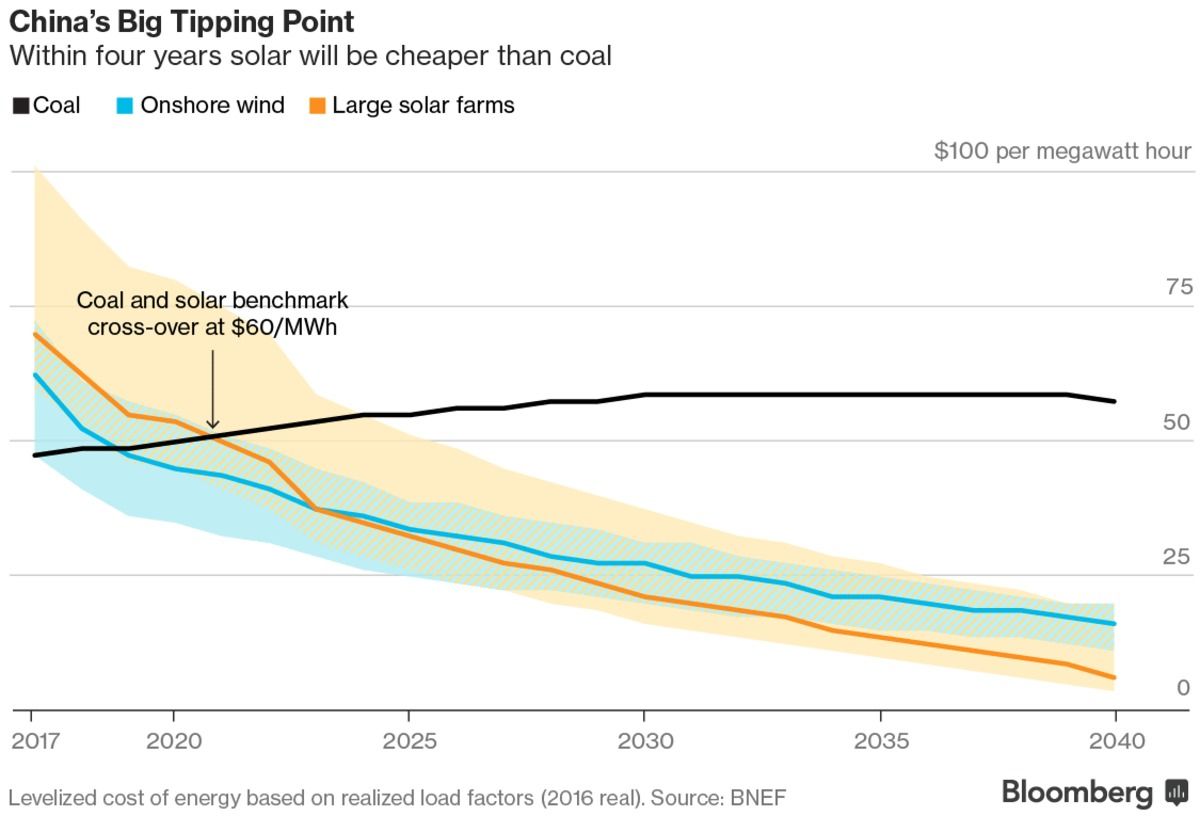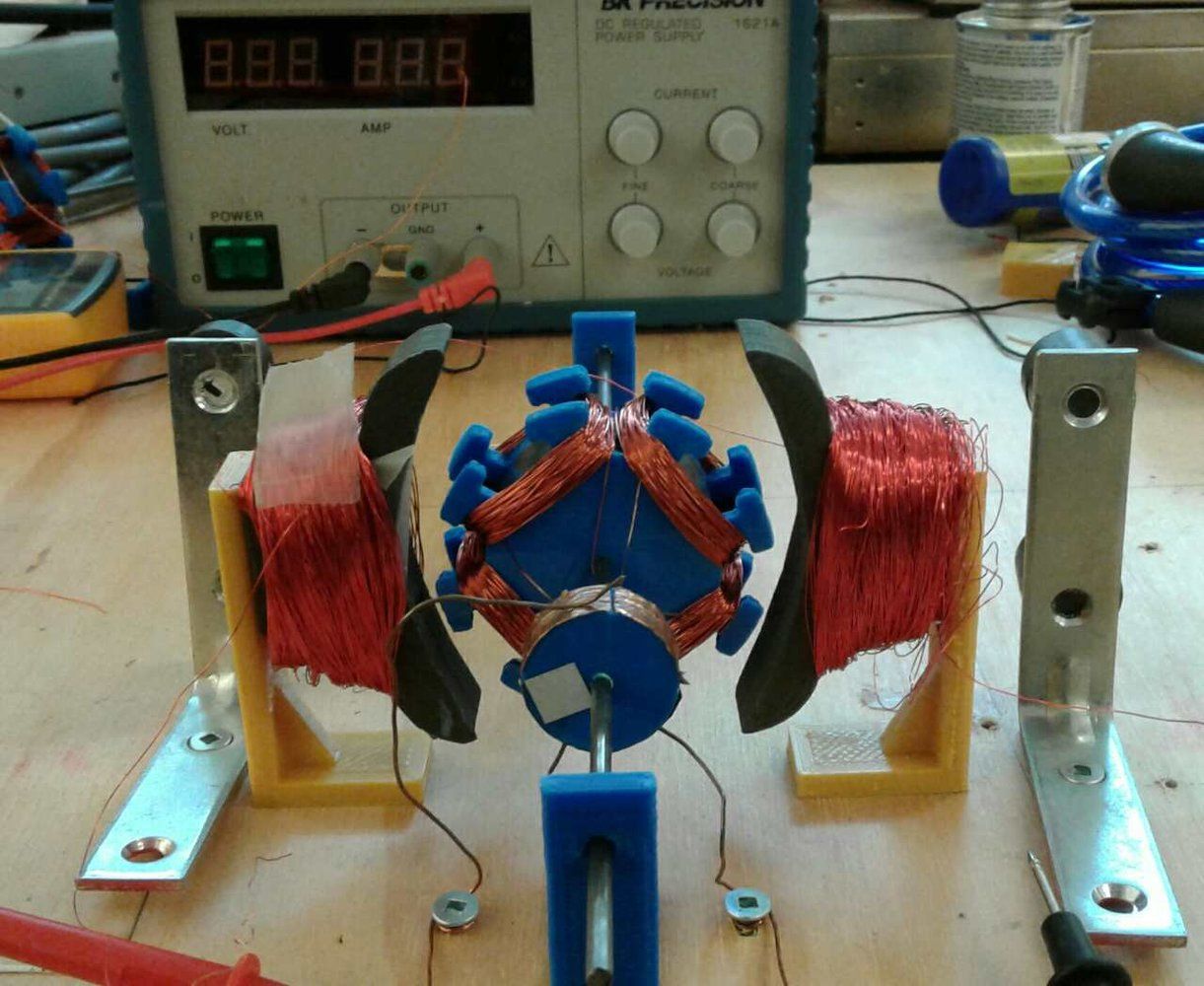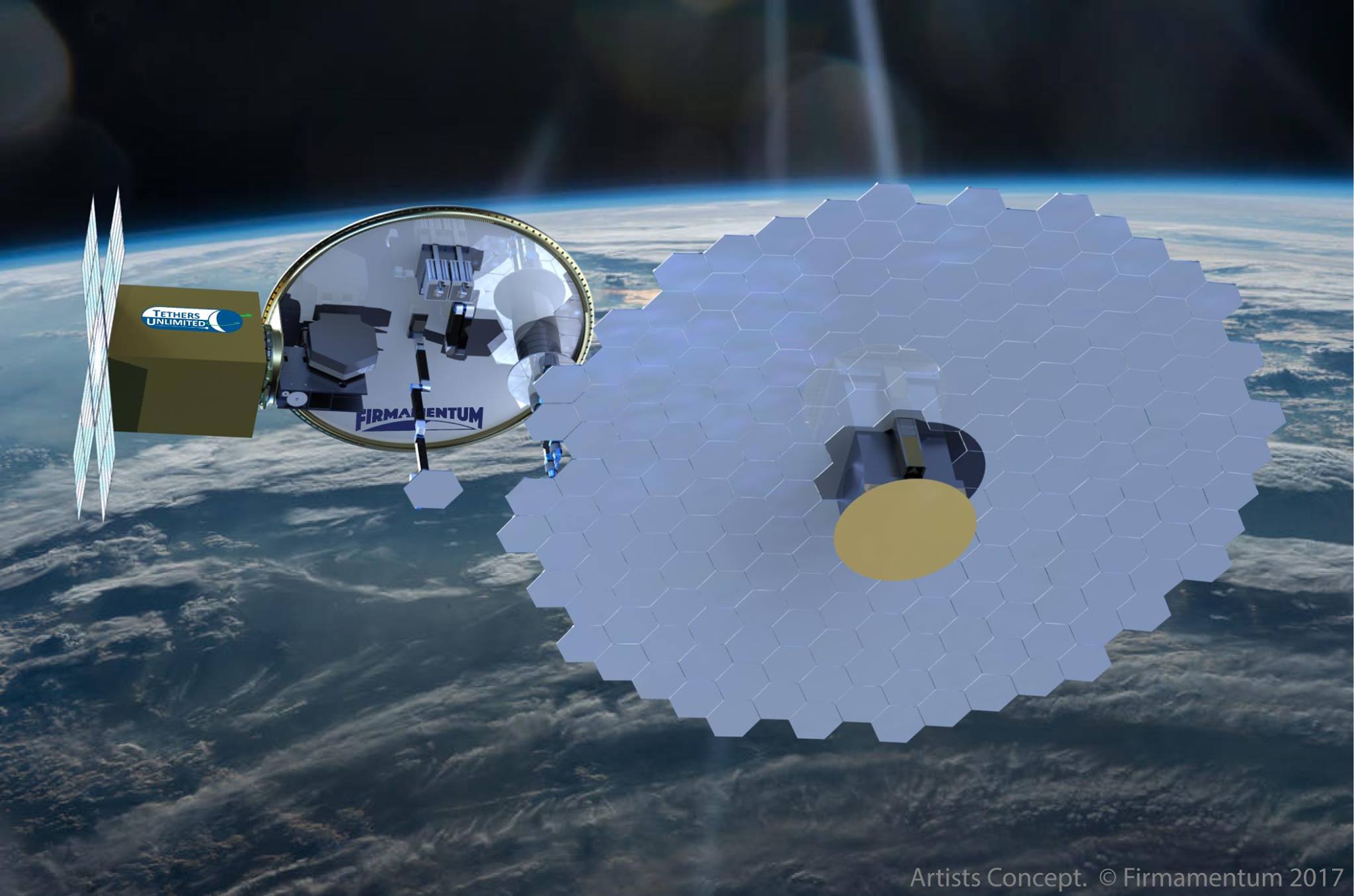We can all agree that solar panels are pretty awesome. It’s hard to beat turning sunlight into electricity. Unless you’re talking turning sunlight into stored chemical fuel. “Solar chemical” takes the logic of photosynthesis and applies it to fuel.
Category: sustainability – Page 653
BioViva at Journey to 100
Gearing up for clinical trials.
Liz discusses how we can overcome the limits on human health and lifespan; elaborating on BioViva’s role as a translational engine to provide access to cutting-edge therapies for those most in need.
http://journey100.org | Journey to 100 is a world-exclusive conference exploring ideas for a new and sustainable approach to lifelong health. The day kick starts a 10-year project that aims to make Guernsey the first community in the world to break through the 100-year life expectancy barrier.
Co-curated by the Dandelion Foundation and James Maskell, founder of Evolution of Medicine, and hosted by Dr Rangan Chatterjee, the BBC’s Doctor in the House, Journey to 100 hosted 20 leading global health, lifestyle and longevity experts.


Artificial meat and the problems of ‘-isms’
Artificial meat and food may be among our best tools to solve the problems of animal cruelty, feeding a growing population, and (in part) global warming. What do vegans and vegetarians think? In favour of cruelty-free lab-grown meat, or against it by principle?
I often say that I am not a fan of ‘-isms’. Not even those supporting the causes I care for, such as transhumanism. I sympathise with some ‘-isms’ (again, such as transhumanism), but I never consider myself a ‘something-ist’. The reason is that, generally, ‘-isms’ have two problems. The first problem is that they almost always support at least some ideas, or make certain claims, which I disagree with or find too fanciful (certain acceptations of ‘mind uploading’ come to mind, but that’s a story for another post). The second problem is that, if you say you’re a something-ist, people will almost surely assume that you endorse, or believe in, some ideas that are really not your thing, merely because such ideas are either an integral part of the relevant something-ism, or are what people think something-ism is about (which may or may not be true). Not to mention the fact that people often regard the dictionary as the ultimate authority on what ‘real’ something-ism is about, cheerfully ignoring all its variants and flavours (which often blur into mainstream something-ism and each other), whose proponents are usually well persuaded that their own something-ism is the real thing—others just got it wrong.
There’s actually a third problem too. Namely, that if they’re not careful, something-ists who are a bit too zealous might end up putting their ideology before the reasons they embraced it in the first place. Sometimes, this can undermine the very objective something-ists intended to achieve with their embracing the ideology and spreading it left and right.
I had a brilliant example of this phenomenon one time when, while having lunch at a vegetarian restaurant (or vegan, I’m not sure), I mentioned lab-grown meat to my friend. My friend is a vegetarian (or vegan, I’m again not sure), whereas I am not. Vegetarianism and veganism are, obviously, two ‘-isms’; as a corollary of the above, I’m neither a vegetarian, nor a vegan. (Although again according to the above, perhaps I should say ‘vegetarianist’…) I’m not just quibbling about definitions: I do indeed eat animal products of pretty much all kinds. This, however, doesn’t prevent me from sympathising with the cause of vegetarians and vegans who are such because they’re against animal cruelty. Quite frankly, even if animals are raised in the best possible way, and are then killed in the nicest possible way (whatever that means), eating them is still at odds with my own moral compass. Even though I do eat them.

NASA Wants to Collect Solar Power Directly From Space
Space-based solar power has had a slow start, but the technology may finally take off in the next few decades. Since its inception, solar power has had a severe limitation as a renewable energy: it only works when the Sun is shining. This has restricted the areas where solar panels can be effectively used to sunnier, drier regions, such as California and Arizona. And even on cloudless days, the atmosphere itself absorbs some of the energy emitted by the Sun, cutting back the efficiency of solar energy. And let’s not forget that, even in the best of circumstances, Earth-bound solar panels are pointed away from the Sun half of the time, during the night.
So, for over half a decade, researchers from NASA and the Pentagon have dreamed of ways for solar panels to rise above these difficulties, and have come up with some plausible solutions. There have been several proposals for making extra-atmospheric solar panels a reality, many of which call for a spacecraft equipped with an array of mirrors to reflect sunlight into a power-conversion device. The collected energy could be beamed to Earth via a laser or microwave emitter. There are even ways to modulate the waves’ energy to protect any birds or planes that might wander into the beam’s path.
The energy from these space-based solar panels would not be limited by clouds, the atmosphere, or our night cycle. Additionally, because solar energy would be continuously absorbed, there would be no reason to store the energy for later use, a process which can cost up to 50 percent of the energy stored.


Self-Replicating 3D Printers Could Build Moon Bases, Fight Global Warming
A 3D printer that could re-create itself from lunar material is in development at a university in Canada.
The technology could one day enable humans to 3D-print lunar bases, as well as conduct in-space manufacturing of satellites and solar shields on the moon that could help fight global warming, according to Alex Ellery, an associate professor in the Department of Mechanical and Aerospace Engineering at Carleton University in Ottawa, who is leading the project.
“I believe that self-replicating machines will be transformative for space exploration because it effectively bypasses launch costs,” Ellery told Space.com. [How Moon Bases and Lunar Colonies Work (Infographic)].
Behind The Scenes at AeroFarms
This large-scale farm is in the middle of a big city! The future of farming is here. (via AeroFarms)


What if we built spacecraft… IN SPACE?
We are incredibly excited to announce that Firmamentum, a division of Tethers Unlimited, Inc. (TUI), has signed a contract with the Defense Advanced Research Projects Agency (DARPA) to develop a system that will use in-space manufacturing and robotic assembly technologies to construct on orbit a small satellite able to provide high-bandwidth satellite communications (SATCOM) services to mobile receivers on the ground.
Under the OrbWeaver Direct-to-Phase-II Small Business Innovation Research (SBIR) effort, Firmamentum aims to combine its technologies for in-space recycling, in-space manufacturing, and robotic assembly to create a system that could launch as a secondary payload on an Evolved Expendable Launch Vehicle (EELV). This system would recycle a structural element of that rocket, known as an EELV Secondary Payload Adapter (ESPA) ring, by converting the ring’s aluminum material into a very large, high-precision antenna reflector. The OrbWeaver™ payload would then attach this large antenna to an array of TUI’s SWIFT® software defined radios launched with the OrbWeaver payload to create a small satellite capable of delivering up to 12 gigabits per second of data to K-band very small aperture terminals (VSAT) on the ground.